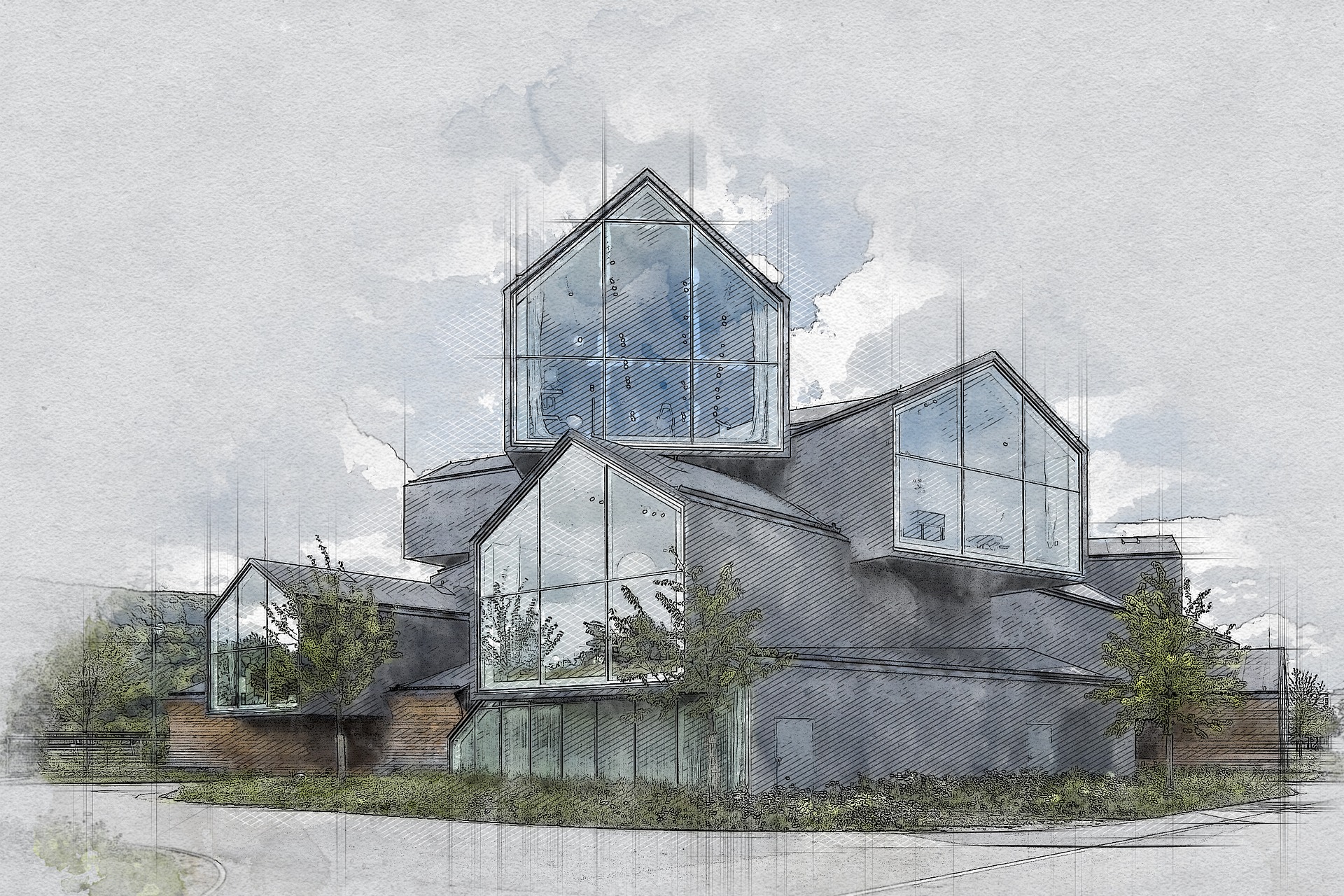Implementing eco-friendly building design
To help develop this article, click 'Edit this article' above.
Contents |
[edit] Introduction
The construction industry is slowly embracing eco-friendly techniques in their building design activities. The construction process has suffered from multiple challenges in terms of sustainable development. From the materials used in construction activities to electrical designs, all actions put stress on Earth’s resources and also cause environmental damage.
[edit] Sustainable Design Objectives
The aim of sustainable building design is to minimise the negative impact of construction activities on the environment and to reduce the dependence on resources. Sustainability can be introduced by incorporating those materials that are environmentally-friendly and by creating optimal building solutions.
[edit] Argument For Sustainable Design
Different construction materials have a different impacts on the environment. Statistics for the US reveal that construction industry accounts for 160 million tons of waste generation. This sector contributes about 23% of air pollution. Also, the construction industry poses a great challenge in terms of its energy consumption as it accounts for about 40% of worldwide energy usage.
These stats point to a lack of awareness about sustainable solutions and mismanagement of resources.
Sustainability is a key requirement in building design:
- to bring down pollution levels
- to manage resources efficiently and minimise waste
- to save non-renewable resources.
[edit] Sustainable building process
[edit] Eco-friendly construction materials
Using construction materials that can be recycled can help curb pollution. Such materials include timber, bamboo, straw bales etc. Proper measures need to be taken while designing the building to incorporate eco-friendly elements; a complete analysis needs to be carried out to check which materials can be used while also keeping the risks to a minimum. The construction activities also need to be monitored so the least amount of materials go to waste.
[edit] Solar design and solar powered products
When designing buildings, solutions can be introduced to make the overall design more energy efficient. As an example, to prevent rooms from being excessively heated during summers, efficient windows can be incorporated that also allow natural lighting and ventilation.
Additionally, renewable energy sources can be used, such as solar energy to power buildings, fom minor changes such as the introduction of solar cells to complete makeovers using photovoltaic panels, solar thermal panels and so on
[edit] Machinery
A fully sustainable construction model cannot be executed without efficient machinery. Deploy construction machinery which has a good output to input ratio and invest in long-lasting building tools to minimise waste generation.
[edit] Space optimisation
Sustainable building plans also ensure optimum utilization of the available space. It is crucial to keep enough room for storage. By adopting efficient layouts, the available area can be put to best use and space requirements can be trimmed down.
[edit] Action plan
Break down your action plan into these steps:
- Picking eco-friendly building materials
- Efficient use of materials
- Monitoring the resource utilization and wastage
- Provision of lighting
- Space utilization
- Sustainable energy solutions
[edit] Find out more
[edit] Related articles on Designing Buildings Wiki
Featured articles and news
RTPI leader to become new CIOB Chief Executive Officer
Dr Victoria Hills MRTPI, FICE to take over after Caroline Gumble’s departure.
Social and affordable housing, a long term plan for delivery
The “Delivering a Decade of Renewal for Social and Affordable Housing” strategy sets out future path.
A change to adoptive architecture
Effects of global weather warming on architectural detailing, material choice and human interaction.
The proposed publicly owned and backed subsidiary of Homes England, to facilitate new homes.
How big is the problem and what can we do to mitigate the effects?
Overheating guidance and tools for building designers
A number of cool guides to help with the heat.
The UK's Modern Industrial Strategy: A 10 year plan
Previous consultation criticism, current key elements and general support with some persisting reservations.
Building Safety Regulator reforms
New roles, new staff and a new fast track service pave the way for a single construction regulator.
Architectural Technologist CPDs and Communications
CIAT CPD… and how you can do it!
Cooling centres and cool spaces
Managing extreme heat in cities by directing the public to places for heat stress relief and water sources.
Winter gardens: A brief history and warm variations
Extending the season with glass in different forms and terms.
Restoring Great Yarmouth's Winter Gardens
Transforming one of the least sustainable constructions imaginable.
Construction Skills Mission Board launch sector drive
Newly formed government and industry collaboration set strategy for recruiting an additional 100,000 construction workers a year.
New Architects Code comes into effect in September 2025
ARB Architects Code of Conduct and Practice available with ongoing consultation regarding guidance.
Welsh Skills Body (Medr) launches ambitious plan
The new skills body brings together funding and regulation of tertiary education and research for the devolved nation.
Paul Gandy FCIOB announced as next CIOB President
Former Tilbury Douglas CEO takes helm.
UK Infrastructure: A 10 Year Strategy. In brief with reactions
With the National Infrastructure and Service Transformation Authority (NISTA).























